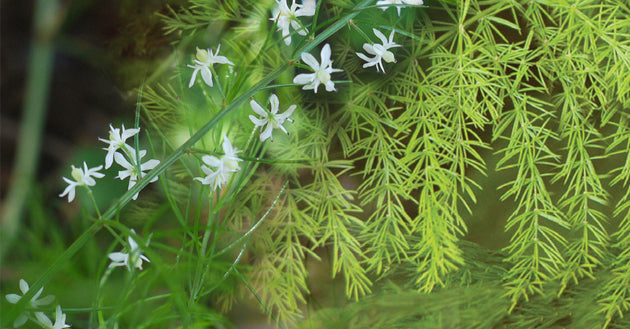
Ayurveda & The Female Reproductive System by Carolyn McKay
Carolyn McKayShare
You may already be familiar with the Ayurvedic herb Shatavari and it's balancing effect on the female reproductive system. In addition to Shatavari, there is another Ayurvedic herb that is more than equally revered on the Indian sub continent– Ashoka,“the remover of sorrow.” Legend recounts that Gautama Buddha was born next to the red bark, and under the orange flowers of the striking Ashoka tree. Hindu mythology also has reminded us through the ages that the Goddess Sita was rescued from an Ashoka grove on the island of Sri Lanka by the God Hanuman. Although a woman using Shatavari is said to become endowed with the qualities that merit 100 husbands, what is it about Ashoka that gives it exalted spiritual status?
In addition to being beautiful, fragrant and common in the warm, humid areas of India, Sri Lanka, Pakistan, Myanmar and Malaysia, Ashoka has many qualities that significantly benefit women. The most dramatic example is it's ability to nourish the uterine muscle and endometrium helping prevent miscarriage. This is also helpful with prolapse and irregular menstrual cycles. Ashoka has a clearing effect as well--clearing the body of pain, congestion and heat. It alleviates excess bleeding and is helpful for cysts, endometriosis and and leucorrhoea from stagnation in the area.
I recommend Sebastian Pole's book Ayurvedic Medicine if you want to become more familiar with Dravya (Ayurvedic Herbology). In my estimation, his book really communicates the soul of the Ayurvedic tradition.
For an Ayurvedic appointment with Carolyn contact her at vedicbalance@gmail.com
